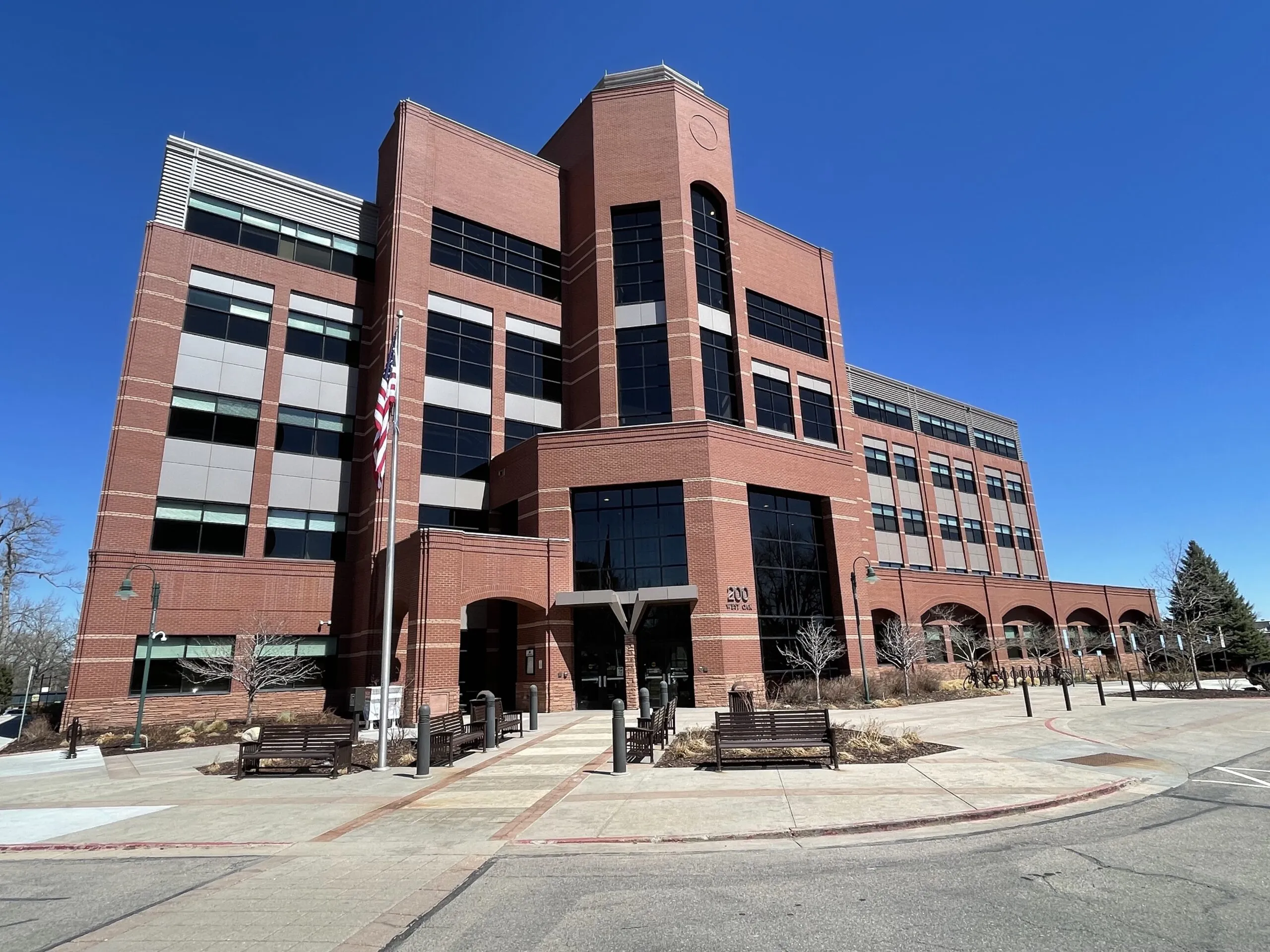Larimer mulls how to sell parcels damaged in 1976 flood

FORT COLLINS — Larimer County commissioners were unanimous at a Wednesday work session in their support of a plan presented by the county’s Department of Natural Resources about how to divest many of the parcels it acquired in the wake of the devastating 1976 flood in the Big Thompson Canyon and the subsequent 2013 flood.
“This looks like a win-win for the county and the landowners,” said board chair Jody Shadduck-McNally.
The July 31,1976, flood killed 144 people after a thunderstorm stalled over the area and dumped about 12 inches of rain in a few hours, creating a wall of water that…
THIS ARTICLE IS FOR SUBSCRIBERS ONLY
Continue reading for less than $3 per week!
Get a month of award-winning local business news, trends and insights
Access award-winning content today!





